Dodge Journey: Removal
2.4L
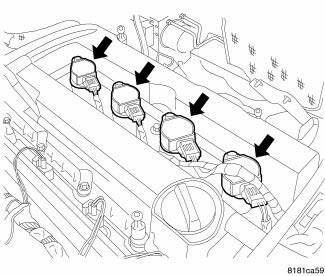
Fig. 59: Identifying Ignition Coil Electrical Connectors
NOTE: Prior to removing coil, spray compressed air around coil top to make sure no dirt drops into the spark plug tube.
1. Disconnect and isolate the negative battery cable.
2. Remove engine cover.
3. Disconnect the electrical connectors from ignition coils.
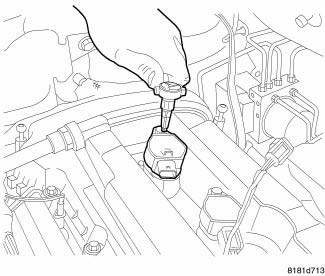
Fig. 60: Removing/Installing Ignition Coil Mounting Bolts
4. Remove the ignition coil mounting bolt.
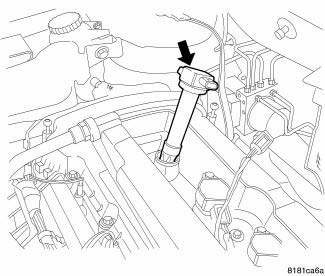
Fig. 61: Removing/Installing Ignition Coil
5. Twist the ignition coil then pull straight up.
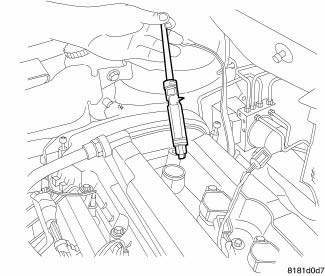
Fig. 62: Removing/Installing Spark Plug
NOTE: Prior to loosening the spark plug, use compressed air to blow out any debris that might be in the spark plug tube.
6. Remove the spark plug using a quality socket with a rubber or foam insert.
7. Inspect the spark plug condition.
2.7L
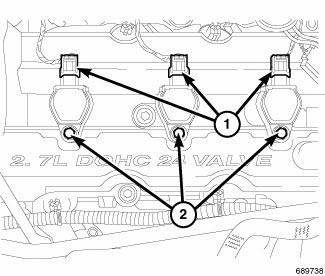
Fig. 63: Removing/Installing Electrical Connectors And Mounting Bolts At
Ignition Coil
NOTE: Always remove the ignition coil assembly by turning the assembly 1/2 turn and pulling straight back in a steady motion.
1. Disconnect the negative battery cable.
2. Remove the upper intake manifold. 3. Disconnect electrical connector (1) from ignition coil.
4. Remove mounting bolt (2) from ignition coil.
CAUTION: Prior to removing the ignition coils, spray compressed air around the coils and spark plugs. If dirt and debris enter the engine, this may cause internal engine damage.
5. Remove the ignition coils.
6. Remove the spark plugs.
3.5L
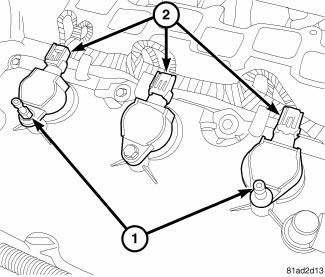
Fig. 64: Ignition Coils
1. Remove engine cover.
2. Disconnect and isolate the negative battery cable.
3. Remove the intake manifold. 4. Unlock and disconnect electrical connector (2) from ignition coils.
5. Remove mounting bolts and engine cover studs (1).
6. Twist, lift and remove ignition coil from engine.
CAUTION: Prior to removing the spark plugs, use compressed air to remove any accumulated dirt and debris. If dirt and debris enter the engine, this may cause internal engine damage.
7. Remove spark plug using a quality socket with a rubber or foam insert.
 Spark plug
Spark plug
...
 Installation
Installation
2.4L
Fig. 65: Removing/Installing Spark Plug
CAUTION: Handle the spark plugs with care. Do not drop or force
the spark plugs into
the wells, damage to the electrodes and/or porcelain ...
See also:
TIRE PRESSURE MONITOR SYSTEM (TPMS)
The Tire Pressure Monitor System (TPMS) will warn the
driver of a low tire pressure based on the vehicle recommended
cold placard pressure.
The tire pressure will vary with temperature by about
1 ...
TIRES — GENERAL INFORMATION
Tire Pressure
Proper tire inflation pressure is essential to the safe and
satisfactory operation of your vehicle. Three primary
areas are affected by improper tire pressure:
Safety
WARNING:
• ...
Standard Procedure
MASTER CYLINDER BLEEDING
1. Clamp the master cylinder in a vise with soft-jaw caps.
Fig. 88: BLEEDING MASTER CYLINDER WITH ABS
2. Thread a Bleeder Tube (2), Special Tool 8358-1, into the primary ...
